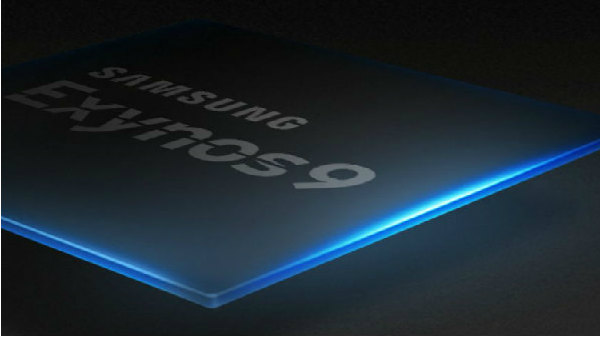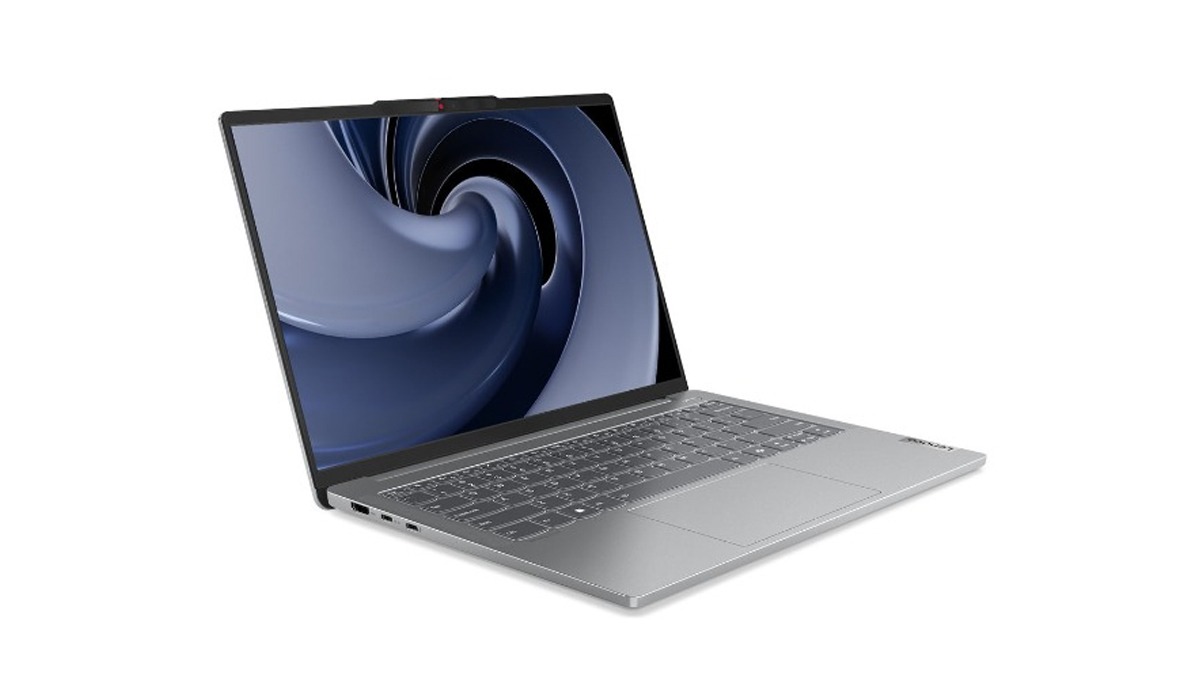Just In
- 11 hrs ago

- 13 hrs ago

- 13 hrs ago

- 13 hrs ago

Don't Miss
- Movies
 Pavi Caretaker Box Office Collection Day 1 Prediction: Dileep's Movie Expected To Open Strongly
Pavi Caretaker Box Office Collection Day 1 Prediction: Dileep's Movie Expected To Open Strongly - Sports
 Who Won Yesterday's IPL Match 41? SRH vs RCB, IPL 2024 on April 25: Royal Challengers Bangalore End Losing Streak
Who Won Yesterday's IPL Match 41? SRH vs RCB, IPL 2024 on April 25: Royal Challengers Bangalore End Losing Streak - Finance
 Bajaj Group Stock Declares Rs. 60/Share Dividend: Buy Ahead of Record Date On 28 June?
Bajaj Group Stock Declares Rs. 60/Share Dividend: Buy Ahead of Record Date On 28 June? - News
 MEA Dismisses US Human Rights Report On Manipur As 'Biased And Misinformed'
MEA Dismisses US Human Rights Report On Manipur As 'Biased And Misinformed' - Automobiles
 Royal Enfield Unveils Revolutionary Rentals & Tours Service: Check Out All Details Here
Royal Enfield Unveils Revolutionary Rentals & Tours Service: Check Out All Details Here - Education
 AICTE introduces career portal for 3 million students, offering fully-sponsored trip to Silicon Valley
AICTE introduces career portal for 3 million students, offering fully-sponsored trip to Silicon Valley - Lifestyle
 Heeramandi Screening: Alia Bhatt, Ananya Panday, Rashmika Mandanna And Others Serve Finest Ethnic Style!
Heeramandi Screening: Alia Bhatt, Ananya Panday, Rashmika Mandanna And Others Serve Finest Ethnic Style! - Travel
 Escape to Kalimpong, Gangtok, and Darjeeling with IRCTC's Tour Package; Check Itinerary
Escape to Kalimpong, Gangtok, and Darjeeling with IRCTC's Tour Package; Check Itinerary
Everything about Exynos and Snapdragon
Exynos is designed and manufactured by Samsung whereas Snapdragon is designed by Qualcomm.
Ever wondered why Samsung always releases two different versions of the same smartphone every year with different processors. If your answer is no then this article will help clear your dilemma. In this article, we will discuss the differences between Samsung's in-house Exynos CPU and the well-known Qualcomm Snapdragon processors used by Samsung in the same variant of company's smartphones.

Exynos is Samsung's in-house premium category chipsets that are largely designed for company's flagship smartphones. Exynos is a series of ARM-based SOC (System-on-chips) which is a successor of Samsungs previously available S3C, S5L and S5P line of SoCs.
Snapdragon, on the other hand, is designed by Qualcomm. Snapdragon powers most of the devices that are available in the market today. When we compare the market trends, there are four major chipset makers in the market and the list includes Qualcomm, Huawei ( Kirin CPUs), Samsung (Exynos) and MediaTek, which mostly power mid-range and budget handsets.

Exynos
Samsung uses Exynos majorly for the Asian markets while for Europe and North America, the tech giant makes use of Snapdragon processors. You might be wondering why Samsung does this; the answer lies in the supply chain. Considering the fact that Samsung is largely dominating the smartphone industry around the globe, the in-house production can help reduce the company's dependability on other companies for the supply. This could also help the company with cost-cutting and save some bucks. Also if somehow there is any flaw that could affect the performance of one category of a chipset, then the other processor is readily available to deploy.
The latest list of devices which feature the Exynos SoC includes Samsung Galaxy S9 (Exynos 9 series), Samsung Tab 2 (Exynos) 7 Octa (5433), Samsung Gear Sport Exynos 7 Dual (7270) and others.

Snapdragon
Snapdragon's first product that was made available to the consumers was the QSD8250 CPU. The chipset was released back in November 2007. This also included the first 1GHZ processor for the mobile phones. During the CES (Consumer Electronics Show) 2013, Snapdragon introduced the first of the Snapdragon 800 series which powers most of the devices nowadays. Since then, a number of CPUs has been introduced in the Snapdragon 800 series, most popular of them are the Snapdragon 835 and Snapdragon 845 which powers the flagship smartphones in today's time.
As mentioned above, Snapdragon CPUs are designed by Qualcomm and powers a whole set of devices available in the market. The latest Samsung devices which feature Snapdragon processors include Samsung Galaxy S9 & Galaxy S9 Plus. Both the devices are the first smartphone that features the latest Snapdragon 845 processor. The other devices which run on Snapdragon processors include Xiaomi Mi Mix 2S, Asus Zenfone, flagship HTC phones and Sony Xperia XZ2 premium.

Let’s compare two of the best CPUs from each brand
The difference is in the number of cores: Samsung's in-house SoC uses an octa-core 64-bit chip whereas the Snapdragon is a quad-core chip. In terms of clocking skills, the Exynos cores are clocked at a lower speed when compared to that of Snapdragon.
The Exynos utilizes the cores in a systematic manner, for example, the smaller four cores are assigned to handle lighter task whereas for heavy tasks it deploys the four bigger cores. Interestingly it can also perform Heterogeneous Multi-Processing (HMP) by utilizing individual cores. This is because of the fact that the Heterogeneous Multi-processing is only supported by Exynos LITTLE architecture. To simplify it, HMP is nothing but the ability of the processor to use as few as one 'single' core to perform the lightest task and at the same time, all the eight cores can also be used to meet the demand of heavy tasks. The Exynos chips make use of ARM Mali graphics processor.
The fact to be noted here is that the core activity in LITTLE architecture is highly suitable for power management. This is widely because when all the eight cores are activated at once it brings a noticeable change in the performance of the Exynos processor when compared to that of Snapdragon. Also, off late, the Exynos chips have been performing well as compared to their Snapdragon variants in benchmark tests.
The other major difference is that the Exynos chips make use of Mali graphics processor whereas the Snapdragon uses Adreno GPU. This is a major factor in determining the speed of the processors. The Snapdragon processors are fast when it comes to running graphics rich content whereas the Exynos chipset fires up the apps quickly.


Verdict:
There is only a marginal difference in the performance of both the processors. As we mentioned above the Exynos processors are fast when it comes to loading the apps whereas the Snapdragon processors are fast when it comes to graphics loading. Also, the availability of the chipset also matters as the Exynos chipsets are largely used by Samsung for the Asian region, while the Snapdragon CPUs are used for European and North American market.
-
99,999
-
1,29,999
-
69,999
-
41,999
-
64,999
-
99,999
-
29,999
-
63,999
-
39,999
-
1,56,900
-
79,900
-
1,39,900
-
1,29,900
-
65,900
-
1,56,900
-
1,30,990
-
76,990
-
16,499
-
30,700
-
12,999
-
11,999
-
16,026
-
14,248
-
14,466
-
26,634
-
18,800
-
62,425
-
1,15,909
-
93,635
-
75,804












































